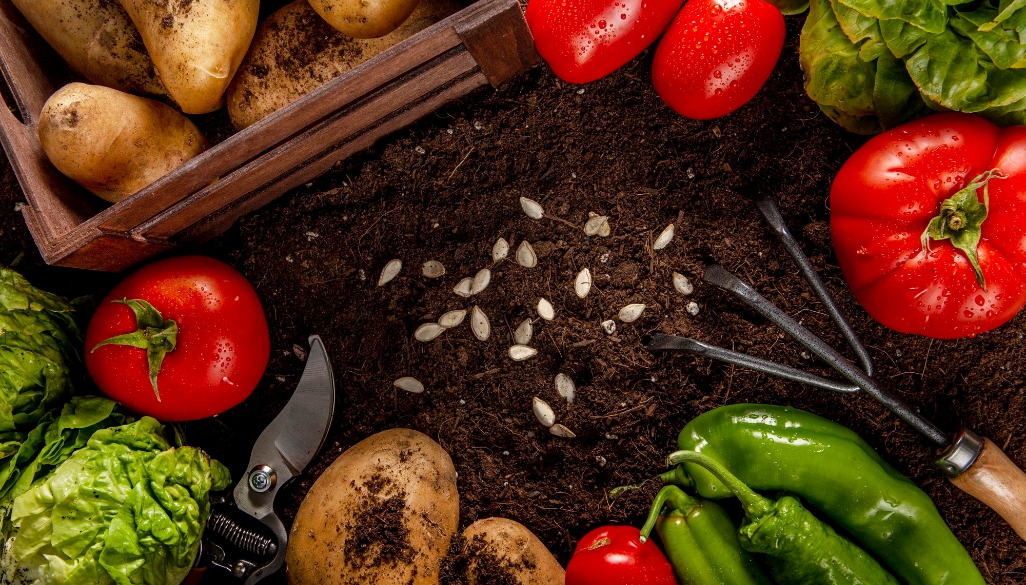The Soil Truth: Why Your Food Isn’t as Nutritious as It Used to Be

Have you ever wondered why, despite eating healthily, you still feel sluggish or low on energy? The answer might lie beneath your feet - quite literally. Increasingly, studies are revealing that the fruits, vegetables, and grains we consume today are far less nutritious than they were just a few decades ago. The culprit? Our soil.
Once teeming with life and essential minerals, modern agricultural soil has been stretched to its limits. Through decades of intensive farming, chemical fertilisers, and poor land management, soil across the globe has suffered a silent decline. And as the soil’s quality has diminished, so too has the nutrient density of the food it grows.
Back in the 1950s, an orange provided far more vitamin A than it does today. You’d need to eat nearly eight oranges now to match that same nutritional value. The same trend is seen in spinach, carrots, wheat, and many other everyday staples. According to a landmark study by the UK’s Food Standards Agency and comparative USDA data, significant drops have been recorded in calcium, iron, magnesium, and other key nutrients in commonly consumed produce.
This shift isn’t merely academic - it has real implications for public health. Soil is more than just dirt; it’s a living ecosystem responsible for feeding the plants that feed us. When soil is rich in organic matter, microbes, and minerals, crops absorb those nutrients. But when soil is degraded or chemically treated without replenishment, the result is food that may look fresh but delivers far less nourishment.

At the heart of the problem lies industrial farming. Driven by demand for higher yields and faster growth, many farms have relied on chemical fertilisers that only replenish a few nutrients - usually nitrogen, phosphorus, and potassium (NPK). While these elements keep crops growing, they don’t restore the complex mineral profile that plants need to develop fully. Monoculture farming - growing the same crop year after year - further depletes the soil, stripping it of diversity and resilience.
So, what can we do about it?
The answer begins with regenerative agriculture - an approach that prioritises soil health through composting, crop rotation, cover cropping, and reduced tilling.
These methods not only restore the vitality but also trap carbon, reduce erosion, and boost biodiversity. Buying organic or from local farms using sustainable methods can make a real difference, both for the planet and your plate.
For those with a garden or even a balcony, growing a few of your own vegetables using compost-enriched soil can reconnect you with the source of real nutrition. Even small changes - like supporting local food markets or asking your grocer where produce is sourced - can help steer agriculture back to a more sustainable path.
Our health starts with the soil. Let’s not treat it as an afterthought.
Features












